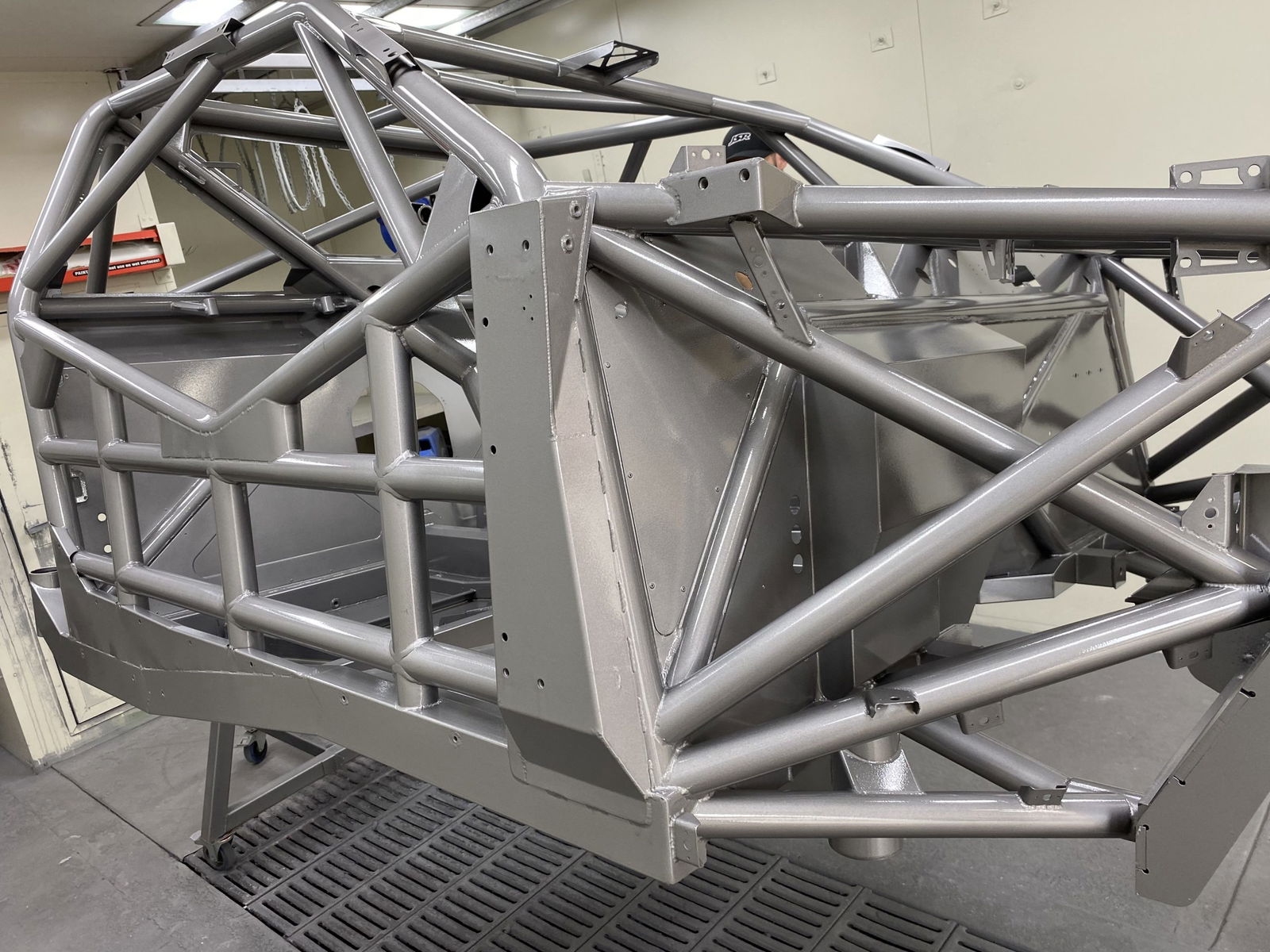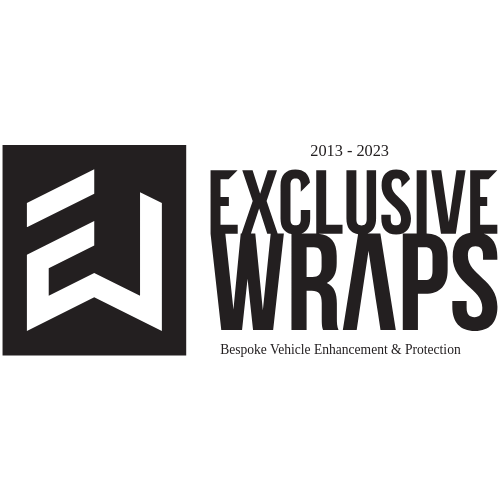

Chassis builds have been a major talking point since Gen3 began as the chassis are of control specification, but four different firms are accredited to construct them.
Erebus Motorsport pointed to attention to detail in its chassis builds as a contributor towards its flying start to the Gen3 era and inked a highly publicised customer deal with Dick Johnson Racing for 2025.
Eyebrows were then raised when Supercars ordered changes to the two Erebus-built chassis that were delivered to DJR in January.
The issue centred around the use of TIG rather than MIG welding on certain areas of the rollover protection structure.
A rule sent to teams by the Gen3 steering committee in 2022 intending to stipulate MIG welding had included a note declaring it would expire when the 2023 Operations Manual was released.
However, welding requirements weren’t included in the new Operations Manual and therefore no valid rule was in place.
Supercars team fabricators have long had differing preferences between TIG and MIG, with the former considered finer, more intricate and resulting in a marginally lighter, neater weld.
The category had moved to stipulate a welding type for the first time under Gen3 as part of the ruleset’s philosophy of standardisation across the board.
Speedcafe understands an update to Supercars’ General Specification Document, which contains various technical requirements for Gen3 cars, was made ahead of the 2025 Sydney 500.
“There were various ways that the rules were sent out to the teams during the Gen3 build process,” Supercars’ motorsport manager Tim Edwards explained to Speedcafe in Sydney.
“There was a bulletin board, the GSD, there were a whole host of things that happened, and there were a couple of areas that needed tidying up. That’s since been addressed.
“Those couple of areas where we’d found that we’ve been relying on a bulletin, which the teams all knew was regulatory, and there was a time period on some of those…
“To avoid any clarity issues, the GSD has been updated.”
DJR competed in Sydney with one of its new chassis, which was modified in Queensland, while the other was sent back to Erebus’ remote fabrication shop in Mount Gambier.
Edwards would not be drawn on whether Erebus will also have to update its own two Camaro chassis, although noted: “We’re comfortable with where everything is now.”
The discrepancy on the Erebus-supplied DJR cars was detected in January when Supercars intercepted the second new chassis to undertake a stiffness test at Pace Innovations.
That process involves affixing the centre section of the chassis to the test rig at the mounting points for the front and rear clips and measuring the amount of deflection per unit of force applied.
Supercars also tested a Matt Stone Racing chassis (built by Pace) in January before a Triple Eight-built example from Team 18 underwent the same process in the lead-up to Sydney.
The MSR and Team 18 chassis are understood to be those crashed heavily by Cam Hill and David Reynolds at Adelaide and Bathurst last year respectively, and subsequently repaired.
Data from those three 2025 tests has been compared to that gathered during tests on Pace’s earlier new builds and, according to Edwards, showed near-enough to no difference.
“From the inception of Gen3 there had been extended inspections of chassis,” he said.
“We’ve now tested 18 chassis for torsional stiffness and weight, which is part of what the normal testing is (when a new chassis is completed and inspected) as well.
“They were new and [in some cases] two years old, and from three different manufacturers (Pace, Triple Eight and Erebus). Torsionally, they’re all identical and weight-wise, they’re all identical.
“So some real positives come out of that because, even in my time in team-land, there’s always been that perception that after you use a car for two or three years, it might start to get soft.
“But to test a car (the MSR chassis) that we tested at the beginning and test it again after two years of abuse, and it was identical to when it was first tested, that’s really encouraging.”
Supercars is yet to twist test a chassis from the fourth accredited builder, Walkinshaw Andretti United, although is likely to do so this year as the team builds new cars for its 2026 Toyota program.
Existing Pace customer Brad Jones Racing has also signified its intention to become an accredited builder this year.























Discussion about this post